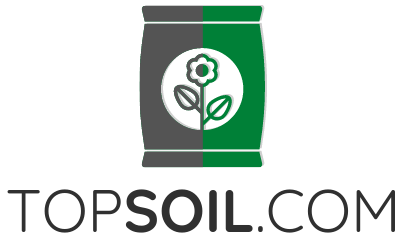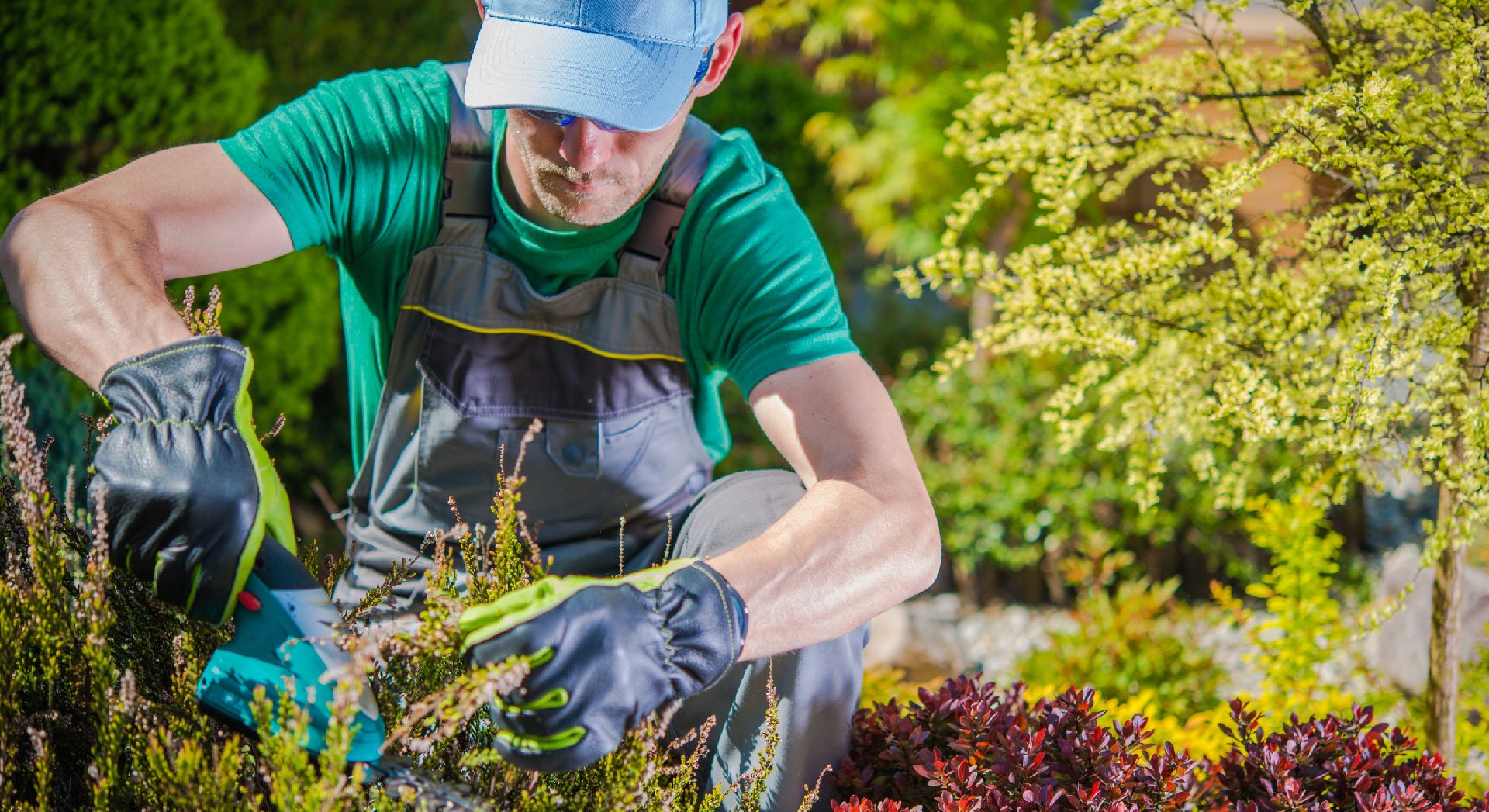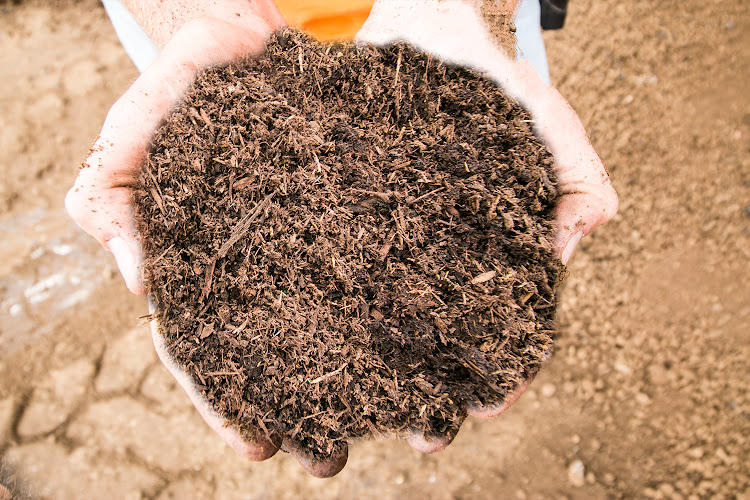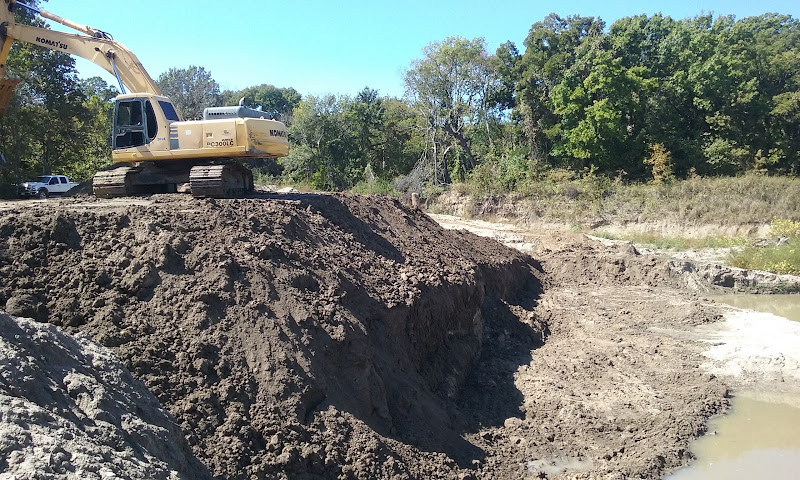How to best mantain your lawn
For the thrifty gardener seeking cheaper alternatives to improving soil quality, many household items work as efficient composts. Composting is also a practical method of getting the most value out of your fertilizers. Compost-rich soil is excellent at retaining fertilizer, meaning less run-off will contaminate waterways. It also neutralizes acid & alkaline levels in soil, bringing pH levels to the optimal range for nutrient accessibility. Below is a list of the top 5 composts that guarantee your harvest will be healthy and strong, as well as a variety of ways to incorporate them in your garden.
1. Banana Peels
Your plants will benefit from a banana peel compost, which is an outstanding source of potassium and contains trace amounts of nitrogen, phosphorus, and magnesium. They rapidly decompose to promote sturdier stems and plant root growth, and improve nutrient distribution. Banana peels are an excellent option to help compost preserve water and keep soil from becoming too dense. One of the easiest ways to use banana peels is by adding them straight into a compost pile. They also have the added benefit of creating a highly rich and nutritious fertilizer. Banana peels should however, be cut into tiny pieces to accelerate decomposition time. If adding banana peels whole is preferred, it’s advisable to incorporate them deep into soil to avoid attracting pests such as raccoons and opossums. Another easy way to add banana peels to your soil is by submerging them in water, then blending in a food processor. This will produce a liquefied paste that can be incorporated into a hole in the soil next to the plant. For fickle plants that prefer adulterated fertilizers, it is recommended to make a banana peel spray or tea and gradually apply it over time.
2. Coffee Grounds
Coffee grounds are an ideal go-to for acidic-loving plants and a dependable source of nitrogen for soil. They also contain calcium, potassium, iron, phosphorus, magnesium, and chromium. Coffee grounds are a superb source of nutrition for azaleas, hydrangeas, blueberries, and lilies. They should retain an adequate amount of moisture, however, since they will act as a water repellant and deplete your soil of moisture if they are dried out. Coffee grounds can be added to the soil’s surface and enclosed with leaves or bark mulch, or mixed into a compost pile and applied into the soil. The organic compounds, caffeine and diterpenes, found in coffee are also highly poisonous to insects, and serve as repellents. Your soil will make the most of coffee grounds by naturally soaking up heavy metals. For outdoor gardens, they are beneficial in attracting worms, which manufacture their own organic fertilizer. Additionally, used coffee filters may be used as a compost ingredient for the extra resourceful gardener. It is advisable only to use filters made of paper, since other materials such as linen, may be treated with bleach that is toxic to plants.
3. Ash
Soil in need of a superb source of potassium will benefit immensely from wood ashes found in stoves or fireplaces. Wood ashes are also a reliable source of phosphorus, aluminum, magnesium, sodium, boron, copper, sulfur, and zinc. Plants that thrive best in higher pH levels should have wood ash incorporated into their soil. The simplest way to do this is by sprinkling the ash onto the soil, applying it moderately and working it several inches into the soil with a hand rake. You may also integrate ash into compost with the appropriate ratio of brown and green material. Sprinkle roughly a quarter inch of wood ash for every 18 inches of brown material and every 6 inches of green material. Produce that grows well in high potassium soil, such as cabbage, brussels sprouts, currants, and gooseberries, will reap the benefits of a wood ash compost. Lastly, it is not recommended to substitute with the ash from charcoal or pre-treated wood, as these likely contain toxic chemical residue from preservatives.
4. Epsom Salt
Epsom salt, also known as magnesium sulfate, is perfect to use in soil because it naturally helps seeds germinate, grow fuller, and encourages plants to absorb nutrients. It’s made up of 10% magnesium and 13% sulfur, which are key ingredients in the absorption of nitrogen, phosphorus, and potassium. The process of photosynthesis is dependent on magnesium and sulfur to take effect, and they contribute to the production of chlorophyll. For gardeners growing produce, epsom salt intensifies the flavor of many fruits, vegetables, and even nuts. It can be used as a natural pest repellent by stirring 240 ml of salt into 19 L of water, then applied onto plants with a spray bottle. The magnesium in epsom salt helps to break down compost quickly, giving plants easier access to necessary nutrients. You can apply epsom salt directly into soil by measuring one teaspoon per foot of soil on a monthly basis. For growth, you can mix one teaspoon of epsom salt into a cup of water and sparsely spray it on your plant’s leaves.
5. Eggshells
Calcium-rich eggshells work efficiently as compost due to their ability to leach into soil and supplement it with key nutrients. Eggshells are an exceptional source of potassium, phosphorus, and magnesium. They also encourage plant health and growth by maintaining your soil’s acidity levels. Eggshells can be made into compost by grinding them to a fine powder using a mortar and pestle, rolling pin, or food processor. Simply mix the eggshell powder into your flower bed, indoor plant potting mix, or vegetable garden soil. Alternatively, you may steep eggshells in hot water to make eggshell tea, which will add liquid calcium to your soil. Boil a gallon of water and add 10 to 20 eggshells, then allow them to settle overnight before straining. Eggshells are an effective method of managing pests due to the lingering egg smell within them, and their sharp edges are harmful to the flesh of snails and slugs. Lastly, the high levels of calcium in eggshells helps encourage root growth, allowing plants to grow stronger and faster.





